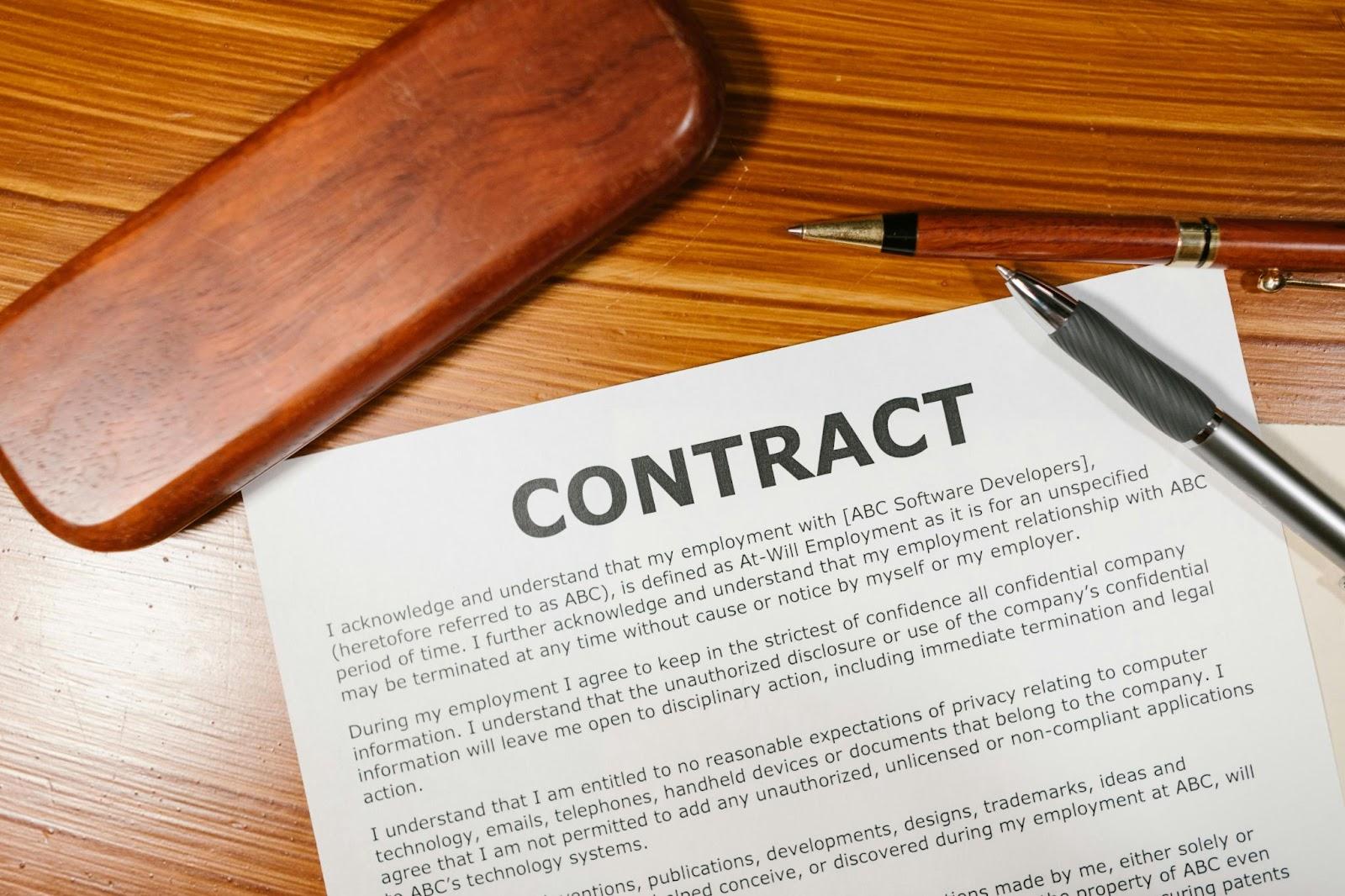Contract Lifecycle Management: Best Practices for Every Stage
Contracts are the lifeblood of any organization, guiding relationships and transactions. Managing these contracts effectively can be the difference between seamless operations and costly errors. Contract Lifecycle Management (CLM) isn’t just about creating and signing contracts; it encompasses every stage from creation to renewal or termination. Mastering CLM can streamline processes, reduce risks, and maximize profitability, whether you’re managing a small business or a large enterprise. This blog post lists the best practices for managing contracts at every stage of their lifecycle.

Best Practices for Effective CLM
Leverage Technology
Technology plays a vital role in modern CLM by automating repetitive tasks, improving accuracy, and providing real-time insights. Invest in a robust CLM platform or contract management software with features like document automation, electronic signatures, and automated workflows. Use analytics tools to track contract performance and identify areas for improvement. Integrate CLM software with other business systems for a seamless flow of information.
Standardize Processes
Standardizing contract management processes ensures consistency and reduces the risk of errors. To streamline each stage of the contract lifecycle, use templates, checklists, and predefined workflows. Ensure that all employees involved in contract management are trained on standardized processes. Regularly review and update templates and workflows to reflect business needs and regulations changes. Implement a centralized CLM system to enforce standardization across the organization.
Foster Collaboration
Collaboration is critical to successful contract management. Use collaborative tools that allow multiple users to review, edit, and comment on contract documents. Schedule regular meetings to discuss contract-related issues and updates. Implement compliance checks at various stages of the contract lifecycle. Maintain detailed records of all contract activities for audit purposes. Continuous improvement is essential to keep your CLM processes efficient and effective. Regularly assess your contract management practices and identify areas for enhancement. Implement changes based on feedback and data to refine your processes continuously.
Stages of Contract Lifecycle Management
Contract Creation
Contract creation involves drafting the initial contract document, which sets the foundation for the entire relationship. Use standardized templates that include all necessary clauses and terms to ensure accurate and comprehensive contracts. This not only saves time but also provides consistency across contracts. Collaborate with legal experts to customize templates based on specific business needs.
Contract Negotiation
Negotiation is a critical stage where both parties discuss and agree upon the contract terms. Effective negotiation requires clear communication and a collaborative approach. Prepare thoroughly by understanding both parties’ needs and limitations. Use collaborative tools’ track changes and comments features to streamline the negotiation process. Always aim for a win-win situation to foster positive business relationships.
Contract Approval
Once the terms are agreed upon, the relevant stakeholders must approve the contract. This stage involves reviewing the agreement to ensure it aligns with company policies and regulatory requirements. Implement an automated approval workflow to speed up the process and reduce bottlenecks. Ensure that all necessary approvers are included in the workflow and have easy access to the contract document. Maintain a record of all approvals for future reference.
Contract Execution
Execution involves signing the contract and making it legally binding. This stage is crucial as it marks the official start of the contract’s lifecycle. Utilize electronic signature solutions to expedite the signing process and reduce paper usage. Verify that all signatures are obtained and properly documented.
Contract Storage and Retrieval
After execution, the contract needs to be stored securely for easy retrieval. Proper storage is essential for future reference and ensures compliance with legal and regulatory requirements. Implement access controls to protect sensitive information. Ensure that contracts are easily searchable using metadata and tagging. Set up automated reminders and alerts for critical milestones and deadlines. Review contract performance regularly to identify breaches or issues.
Contract Renewal and Termination
The final stage in the contract lifecycle is renewal or termination. This involves deciding whether to extend the contract, renegotiate terms, or terminate the agreement. Review contract performance and business needs well before the expiration date. Use automated alerts to notify relevant stakeholders of upcoming renewals or terminations. Ensure all necessary actions are taken promptly to avoid lapses in coverage or service.

Effective Contract Lifecycle Management is essential for any business aiming to streamline operations, reduce risks, and achieve optimal results. Following the best practices outlined in this blog post, you can master CLM and ensure that your contracts are managed efficiently from creation to termination.
Remember, the key to successful CLM lies in standardizing processes, leveraging technology, fostering collaboration, maintaining compliance, and continuously improving. Start implementing these practices today to enhance your contract management capabilities and drive your business forward. Consider contacting industry experts or exploring advanced CLM solutions tailored to your specific needs for more personalized guidance on optimizing your CLM processes. By taking these steps, you can elevate your contract management practices and succeed tremendously in your business endeavors.

